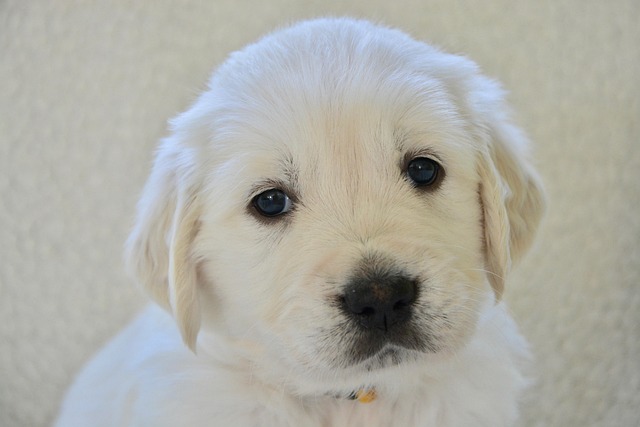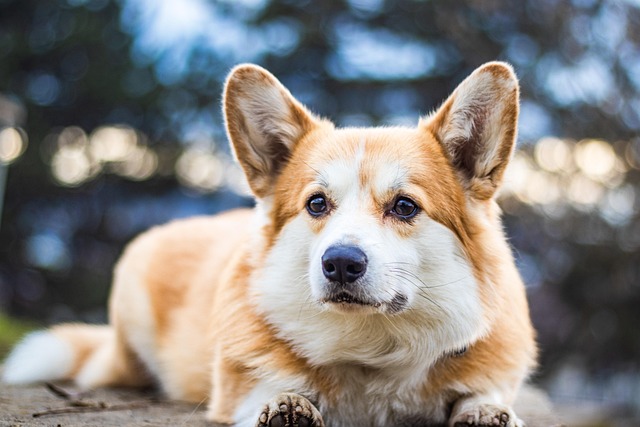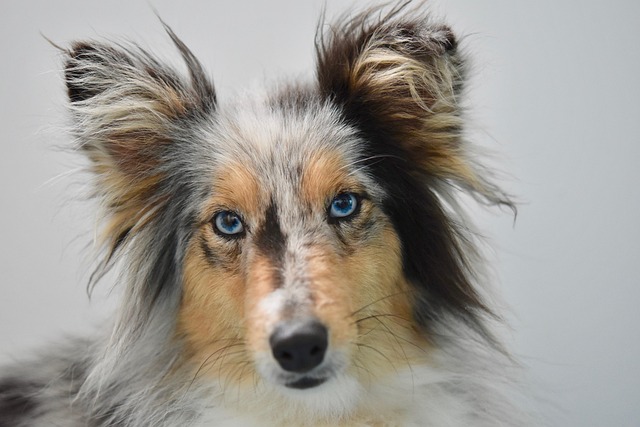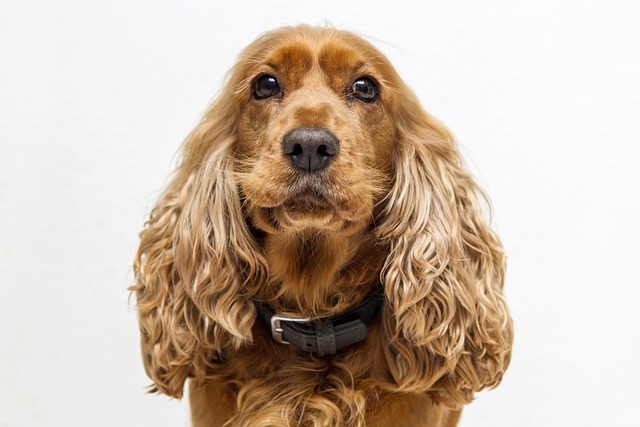Beagles have a reputation for being tricky to train, but labeling them the “hardest” oversimplifies their unique personality. These compact hounds, with their big ears and wagging tails, were bred for one primary purpose: tracking scents. That single-minded focus on smells shapes almost every aspect of their behavior, including how they respond to training.
Their noses are their superpower—and their biggest distraction. A Beagle’s sense of smell is estimated to be 10,000 times stronger than a human’s, with over 220 million scent receptors. When they catch an interesting aroma—a rabbit’s trail, leftover food in the grass, even a neighbor’s barbecue—their brain shifts into hunt mode. Calls to “come” or “sit” often fall on deaf ears because their nose has already taken over.
This isn’t stubbornness; it’s biology. Beagles descend from ancient hound breeds used for pack hunting, where following scents meant survival. That instinct runs deep, making off-leash training particularly challenging. In many areas, local laws require dogs to be leashed in public spaces anyway, which works in a Beagle owner’s favor—preventing those sudden dashes after irresistible smells.
Consistency is non-negotiable, but so is timing. Beagles respond best to rewards given immediately after they perform a desired behavior. A treat delayed by even a few seconds might not connect the action to the reward, since their attention has likely wandered to something new. Short, 5-minute training sessions several times a day work better than long, drawn-out ones that lead to boredom.
Socialization matters more for Beagles than some other breeds. Their pack-hunting background makes them prone to separation anxiety if left alone for long hours. Puppies who don’t get regular exposure to other dogs, people, and environments often grow into adults who bark excessively or become destructive when stressed. Many dog trainers recommend puppy classes starting at 8–12 weeks old to curb these tendencies.
 Positive reinforcement is key—harsh methods backfire spectacularly. Beagles are sensitive dogs who shut down when scolded or punished. A study by the Association of Professional Dog Trainers found that Beagles trained with food rewards and praise showed 75% better retention of commands than those trained with corrections. Their food motivation is strong; small, smelly treats like cheese or freeze-dried liver work wonders as incentives.
Positive reinforcement is key—harsh methods backfire spectacularly. Beagles are sensitive dogs who shut down when scolded or punished. A study by the Association of Professional Dog Trainers found that Beagles trained with food rewards and praise showed 75% better retention of commands than those trained with corrections. Their food motivation is strong; small, smelly treats like cheese or freeze-dried liver work wonders as incentives.
House training can test an owner’s patience. Beagles have smaller bladders than larger breeds, and their curiosity often makes them delay potty breaks to explore. Crate training helps, but the crate must be a positive space—never a punishment. Consistency with outdoor times—after meals, naps, and play—reduces accidents. Some owners find using a bell by the door, taught to ring on command, helps their Beagle communicate when they need to go out.
Barking and howling are natural behaviors for Beagles, which can strain neighborhood relations. In many communities, noise ordinances restrict excessive barking, especially during early morning or late evening hours. Teaching a “quiet” command using treats and redirection helps, but understanding the root cause matters too. Boredom often triggers howling, so providing puzzle toys and regular exercise cuts down on unnecessary noise.
Exercise needs are higher than many first-time owners expect. A 30-minute walk twice a day is the minimum; without enough physical activity, Beagles channel their energy into digging, chewing, or escaping. Fenced yards are ideal, but they need to be secure—Beagles are expert diggers and climbers who will find weaknesses in fences to chase scents. Burying chicken wire at the base of fences deters digging in most cases.
Intelligence isn’t the issue—Beagles are clever problem solvers. They just prioritize their own agenda over yours. A Beagle who figures out how to open cabinets to get treats isn’t “untrainable”; they’re applying their smarts to something they care about. Redirecting that intelligence toward training games, like scent work or agility, turns their natural skills into assets.
There are success stories everywhere. Sarah, a first-time owner in Portland, struggled with her Beagle puppy, Max, until she embraced his nose. She started hiding treats around the house for him to find, gradually turning it into a “find it” command. Within months, Max was responding reliably to that cue, and his focus during other training sessions improved too. “I stopped fighting his instincts and started using them,” she says.
Comparing breeds misses the point. Herding dogs like Border Collies thrive on obedience, while terriers love digging—each has challenges. Beagles simply require owners willing to adapt to their hound nature. With the right approach, their loyalty, playfulness, and affectionate personalities make the extra effort worthwhile.
The bottom line? Beagles aren’t the hardest dogs to train, but they demand a specific style of training—one that respects their scent-driven brains and uses their natural instincts as tools. For owners who understand and embrace their unique traits, training becomes a fun, rewarding journey rather than a frustrating battle.

 Positive reinforcement is key—harsh methods backfire spectacularly. Beagles are sensitive dogs who shut down when scolded or punished. A study by the Association of Professional Dog Trainers found that Beagles trained with food rewards and praise showed 75% better retention of commands than those trained with corrections. Their food motivation is strong; small, smelly treats like cheese or freeze-dried liver work wonders as incentives.
Positive reinforcement is key—harsh methods backfire spectacularly. Beagles are sensitive dogs who shut down when scolded or punished. A study by the Association of Professional Dog Trainers found that Beagles trained with food rewards and praise showed 75% better retention of commands than those trained with corrections. Their food motivation is strong; small, smelly treats like cheese or freeze-dried liver work wonders as incentives.



